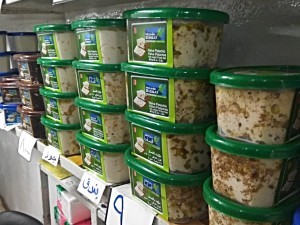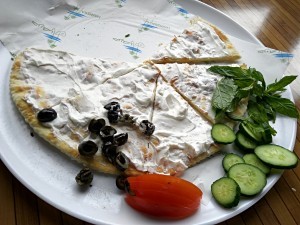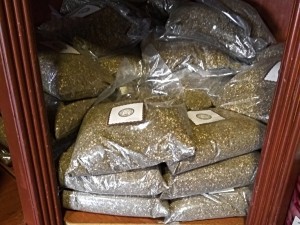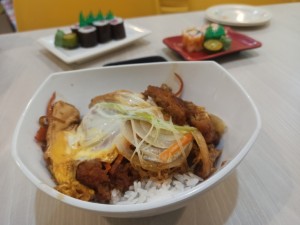EAT IN ASIA / Destinations / Other destinations / Europe / Romania
Sausages and cold cuts in Hungary and Romania
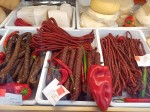
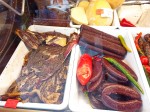
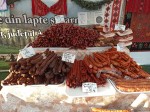
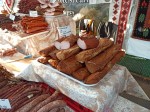
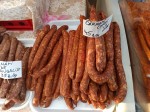
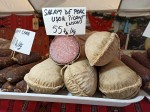

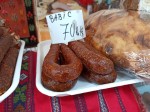


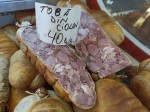
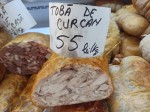
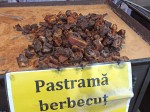
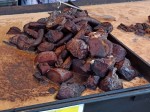
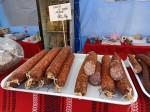

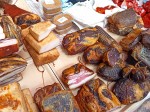

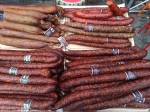

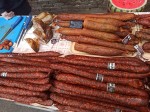
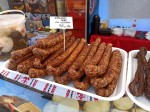
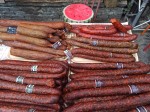

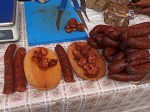


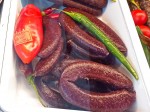

Cold cuts and a number of sausages are very popular both in Romania and Hungary. They love it. Cheese, sausages and a strong alcohol like Pálinka, is present in almost every house and has to be on any traditional and family gathering.
Sausages
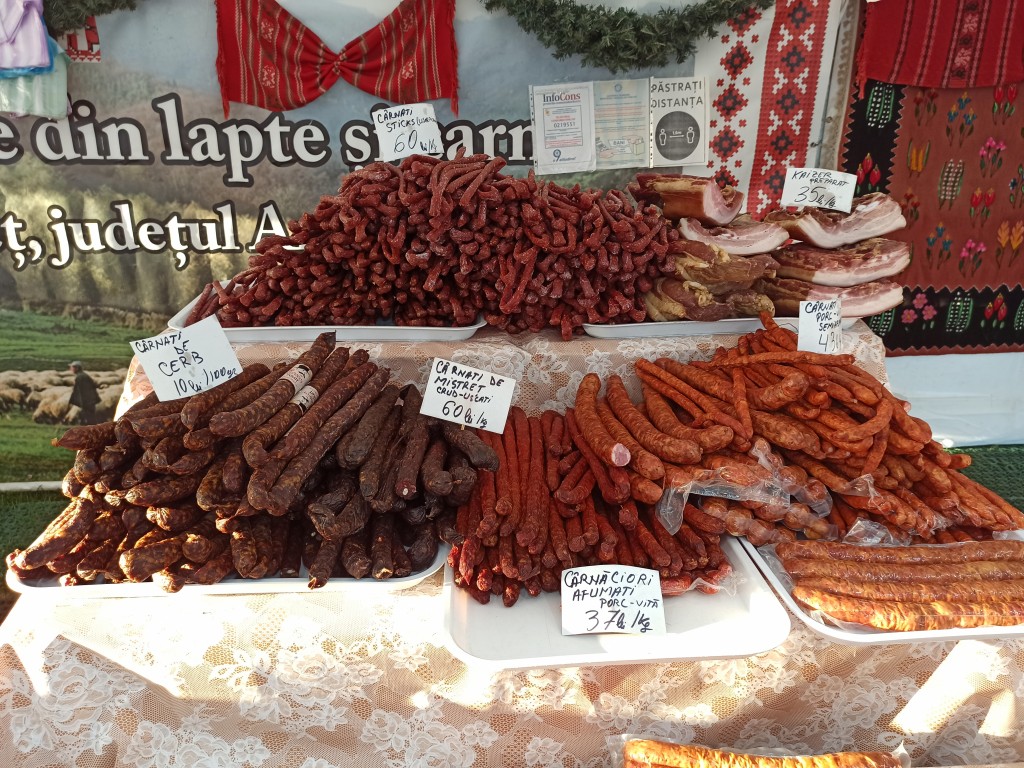
The preparation of sausages varies from area to another, and local customs, preferences and ingredients’ availability influence it too. Apart from that, the influx of other neighbor cultures and traditions is also reflected in that process. Finally used spices and herbs, make each sausage slightly different.
Types of sausages
Sausages can be dried, smoked, fresh, boiled or finely minced. Some of them are very spicy, and some are very mild. Depending on the used meat for the production, another set of condiments is added. Also, the taste of the meat changes diametrically the flavor of the final product.
The most popular meat used for sausages and cold cuts is pork. The second place is held by beef, and followed by mutton, deer, boar, or sheep.
Sausages are both eaten alone, as a cold cut or are used in main courses. Depending on the type of it, different sausages are added to different hot dishes. Usually dried and smoked sausages are served alone on a meat board or as a starter. Sausages can be found in soups, stews, goulash, and vegetable meals, especially in these including potatoes, paprika and bean. Apart from that, there is a set of different pastries and salads that is prepared with sausages.
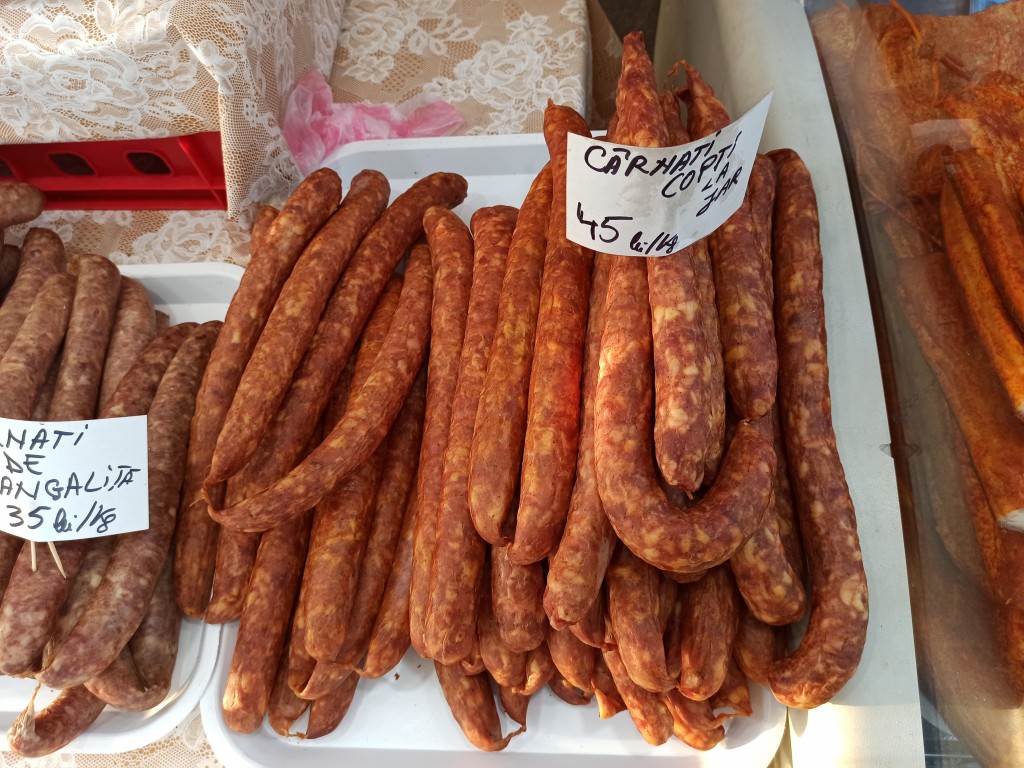
Sausages’ ingredients may be both very complex and very simple. The basic receipt includes meat, fat, and some common spices like salt or black pepper. In other varieties, different types of meat may be used, and in some even a mix of two of them. If the sausage is made of one meat, then, usually that would be pork or beef. Some types of sausages may also have animal intestines like liver, heart etc. Another type of ingredients that is commonly used, is any product that would increase the volume and weight of the final product. Here, you might find, rice, bread, eggs, and cream. One reason for including them is to cut production costs, and the other, simply to enhance the flavor and consistency of the sausage. Finally, all types of spices and herbs are widely used. Smoked sausages are very often prepared with a lot of paprika, both mild and hot; garlic; cayenne pepper and black and white pepper. Apart from that, you will also find very often herbs like marjoram. More untypical are ingredients like a lemon zest, caraway, or nutmeg, that give a special flavor. Last, but not least, different alcohols may be added too. Especially these, that are aromatic like cognac or simply some wine.
Sausages - production process

The production of sausages has a long history, and at the beginning, all kinds of ingredients and utensils that were used, were natural. With the time being, some of them were replaced by artificial substitutes, like in the case of an artificial intestine, that replaced pig’s natural one.
The first step is and was always the same – grounding the meat. Depending on the type of the sausage, that has to be obtained at the end of the process, the meat is more or less finely grounded. Then spices and herbs are being added. Finally, the whole mixture is put into an intestine and hung for at least one night to absorb aromas. This fresh sausage may be later smoked or kept in an airy room for drying. While fresh sausages have to be eaten quickly, dry and smoked ones can be kept and stored for a long time.
In both countries – Romania and Hungary, the most popular are smoked sausages. Some of them are produced only in certain areas and regions, while others are widely available. What is more, there is also a number of traditional, local sausages, that is listed in the index of PDO - Protected designation of origin.
Varieties of sausages in Romania and Hungary
Kolbász
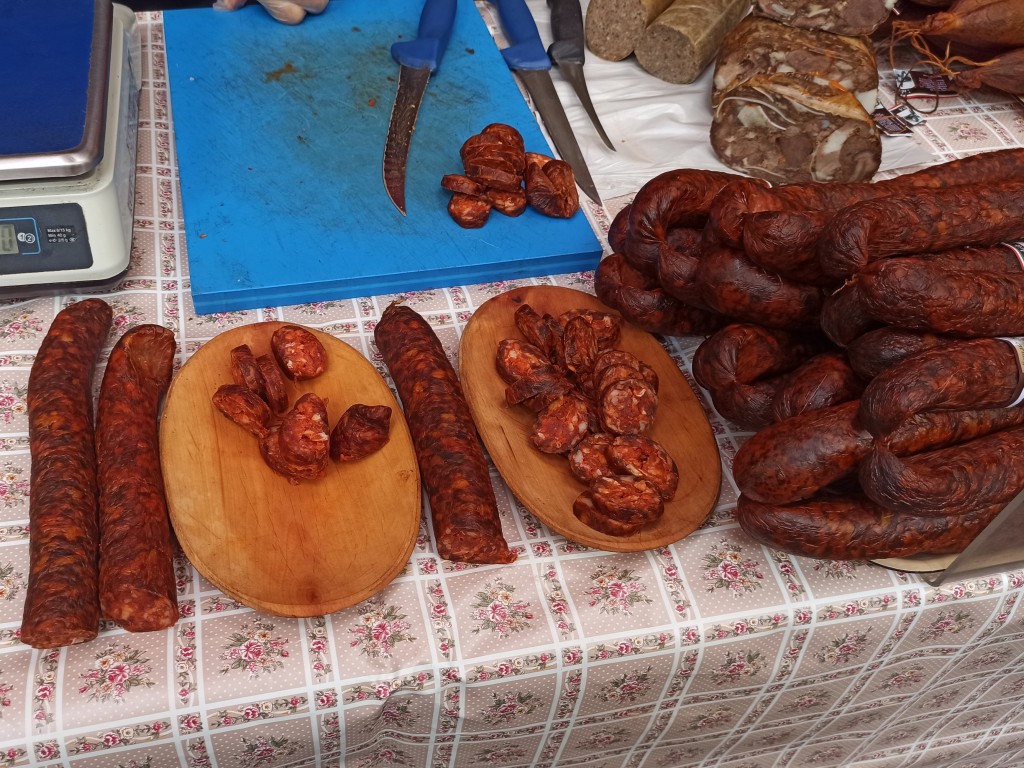
Smoked sausages, like for example a traditional Hungarian kolbász, are seasoned with paprika and either served alone or in main dishes. Kolbász is cut into thin slices and put on a a slice of bread. When added to hot meals, slices are a little bit bigger, or the sausage is cubed. This type of a sausage is often added to such a popular meal as lecsó, or to a vegetable or potato casserole. Pork or beef is mainly used.
Babic

However, there exists also babic, that is produced only from a lamb meat. This one is less popular and available only in some areas.
Lecsókolbász
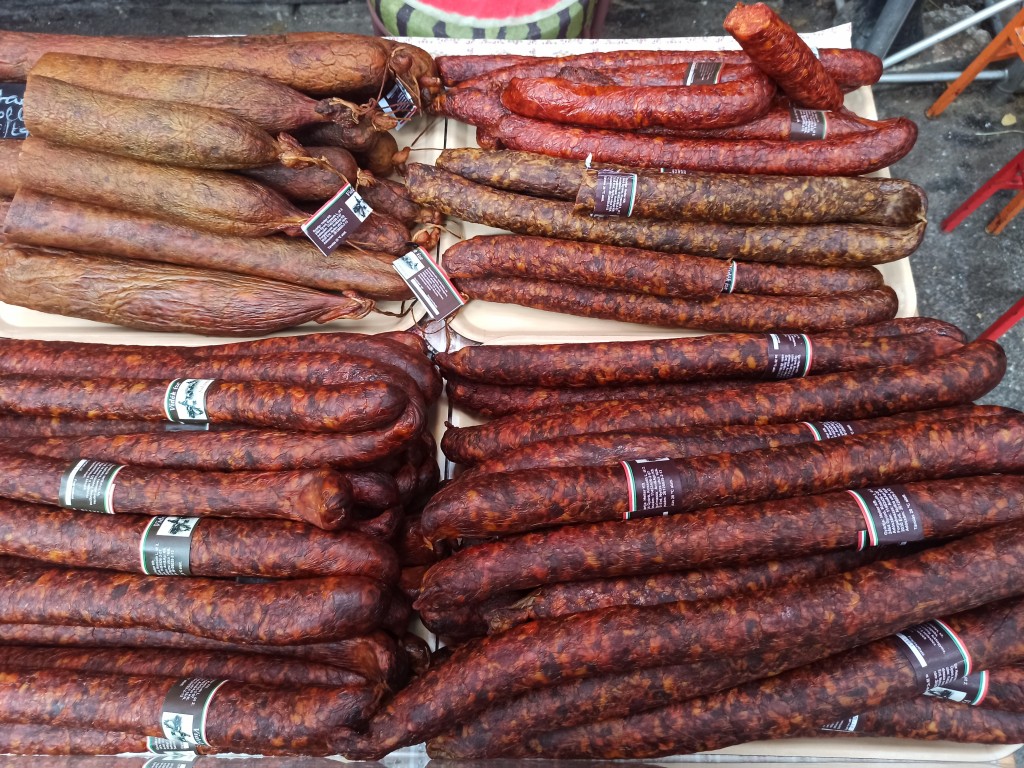
There exists also a special sausage that is used especially in lecsó – lecsókolbász. This one is spicier than a regular one, it is cooked and smoked. A good example of an unsmoked sausage is Debreceni kolbász. It has an intense paprika aroma and mainly added to hot dishes.
Hurka
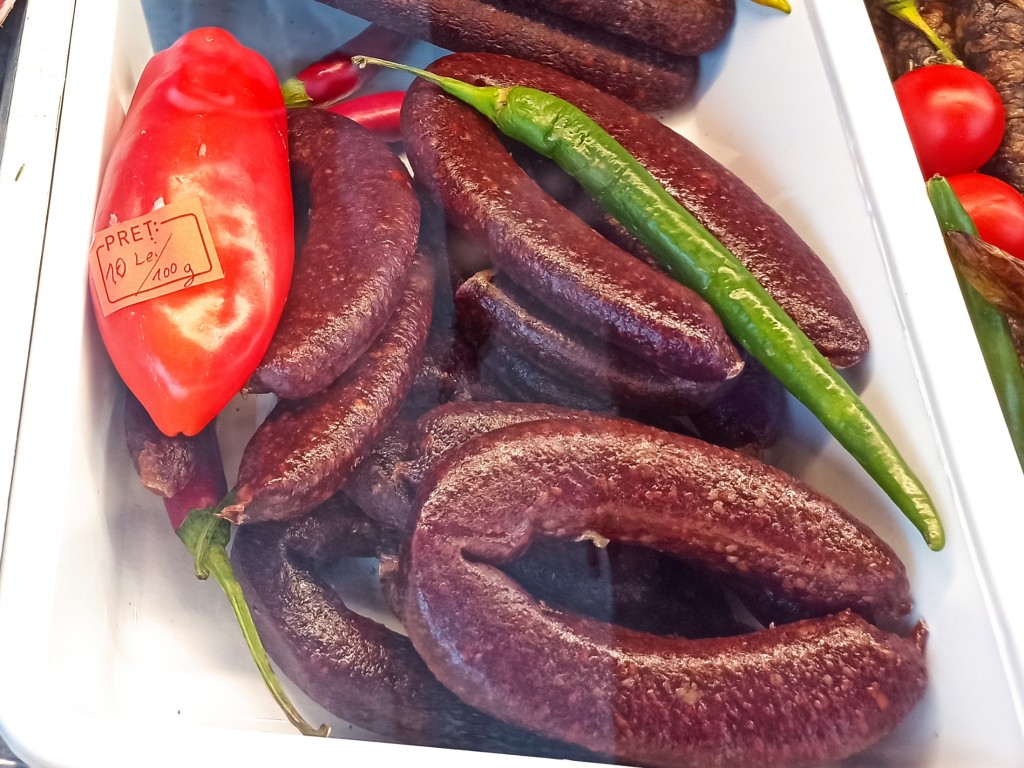
Another type of sausages is hurka. This is something unique, and not known in countries outside Central and Eastern Europe. Hurka is produced in two ways. The first version includes blood and rice, while the second – liver and blood. Both types are uncooked and have little or no spices except for pepper and salt.
Caltaboș
In Romania, exists another type of sausage that is partially similar to hurka – caltaboș. Caltaboș consists of offal including kidneys, heart, and spleen; and may include rice too. It is, as in case of hurka, boiled and served cold with bread, pickles or onion.
Salami

Then comes salami. The most famous one in Hungary is a Winter salami, known as téliszalámi. It is made from pork and seasoned with some basic spices including pepper and salt. The smoking process is slow and prior to that, the sausage is cured in a cold air. As it is important that the process is slow, the whole production of salami takes a lot of time. During the drying and ripening, a thin, white layer of a mold starts appearing around the sausage.
Cold cuts
Varieties of cold cuts in Romania and Hungary
Head cheese AKA Tobă

Both countries have also a long tradition of eating and producing head cheese or brawn. In Romania, this type of a cold cut is known as tobă.

Both are types of sausages, or better say, cold cuts that are put into a pig’s stomach formed in a wide baton. Stuffing consists of a pork jelly, flesh from pig’s head, liver and sometimes skin, tongue, heart, or feet.
Hungarian szalona or Romanian salo
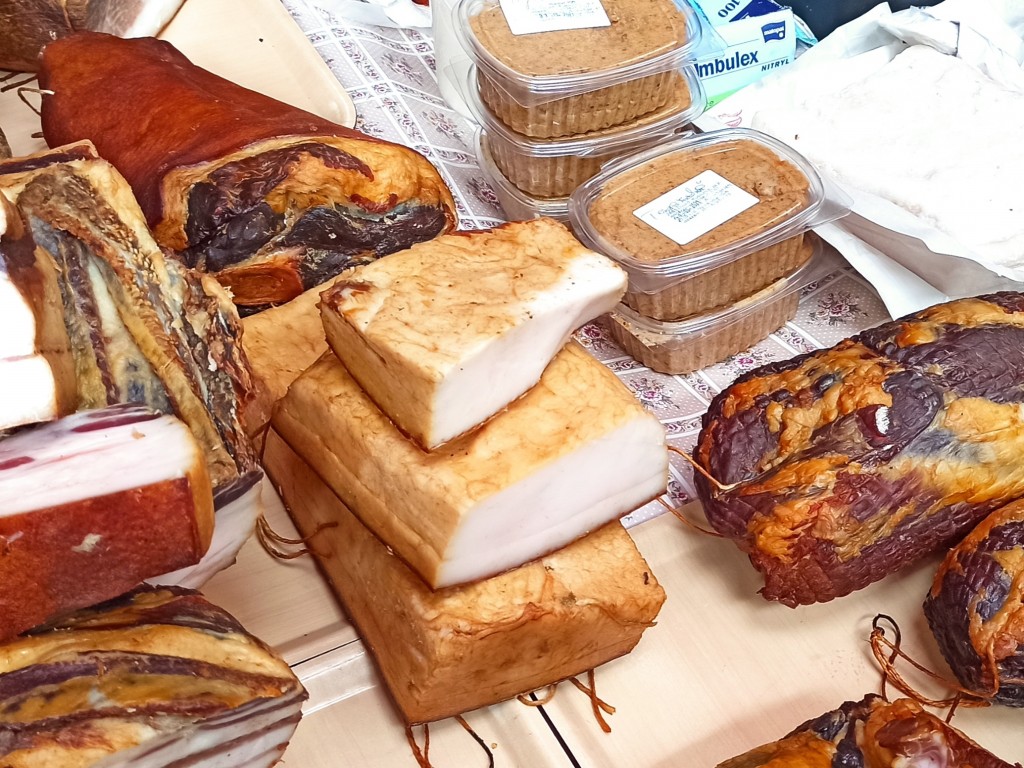
Then comes Hungarian szalona and Romanian salo. These cold cuts are types of an animal fat, that is either cooked, roasted over fire or smoked. Some herbs and spices may be added too. Here, apart from salt and pepper, garlic, coriander, or rosemary may be added. Szalona or salo are spread on bread and consumed cold or cut into small cubes, fried and finally added to traditional dishes like bortsch. When eaten cold, it is served with pickles, peppers, radishes or just salt and pepper.
Párizsi

At the end, Romanian virsli and párizsi - Paris sausage is worth mentioning. That type of sausages is a kind of a dry one, relatively thin, and eaten boiled, or as an appetizer or a cold cut with bread, mustard, and pickles.
Virsli
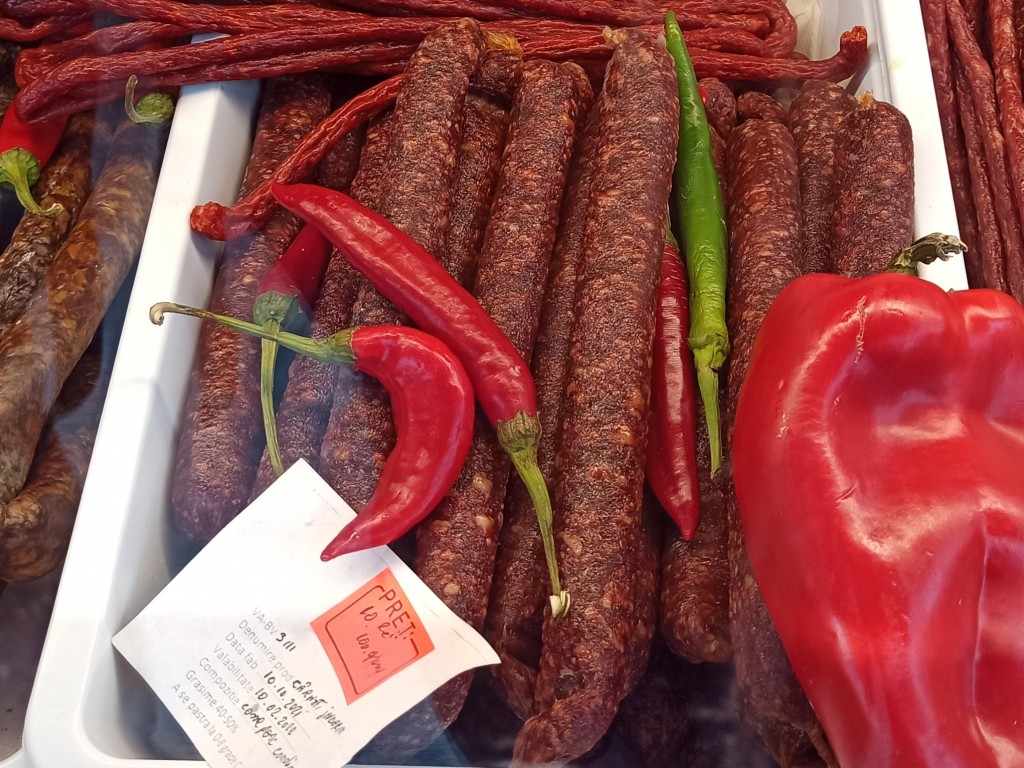
The main difference between virsli and párizsi is their size. While virsli is a thin one, párizsi is a little bit wider.
And that is only a short list of the most popular types of sausages and cold cuts in Romania and Hungary. Actually, there is plethora of them. Different regions, different ingredients, spices, herbs, and different ways of producing them. Then add the curing process, smoking, drying, or boiling and the number raises incredibly. Finally, there are cold cuts like salo, head cheese, and hurka. With pure meat, with offal, lard and animal body parts like feet and skin. Maybe not all of them seem to be tasty, however, sometimes it is good to try something else. Especially, that the history and the tradition of most of them is a long one and very well rooted in the local culture.
The most important thing, if you decide to try them, is to eat it in a way local people do. Pair it with bread and pickles in case of cold cuts or add to main dishes and season appropriately. Finally, have a shot of a traditional fruity spirit – Pálinka. Only in this way, you would be able to appreciate, or hate, their flavors and tastes. So, do not give up!
Do you want to know more about meats in Romania? Read the post about TOP Romanian meat dishes, or go to Hungary and visit Szimpla Sunday Market.



